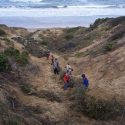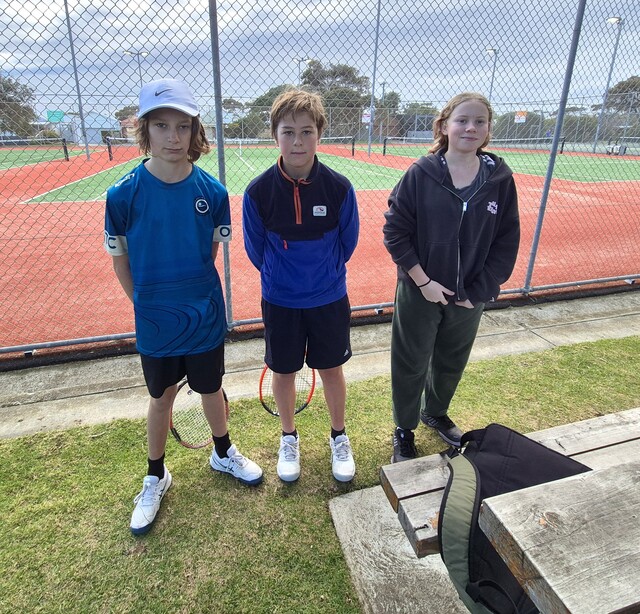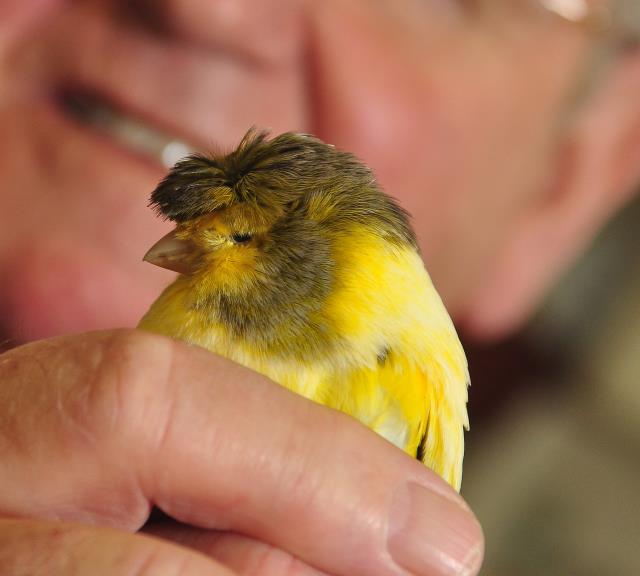By Maddie Glynn, Barwon Coast
OUR sand dunes play a significant role not only from an environmental perspective but from a protection perspective.
The dunes protect our towns from the coastal elements. Without the dunes the towns would be threatened and people would not have access to the beach.
Dunes for much of our coastline are the last vestige of natural indigenous vegetation intact since European settlement and as such play a vitally important role in providing habitat for our native species, which include highly specialised plants and animals that contribute to keeping the dunes healthy.
There have been recent debates on the purpose, use and state of the dunes. Our dunes once were in a much degraded state; the improved condition has only happened from concerned and pro-active people being a voice for our local environment and by limiting access to these fragile environments by the many tens of thousands of people who visit our coast every year.
Barwon Coast and others work with volunteers from the community, school students and organisations who contribute thousands of volunteer hours to continue to work towards protecting and enhancing our valuable coastline; providing residents and visitors with lifestyle choices.
We constantly see dogs and people, including youth and children entering the fragile vegetated zones of the dunes. What may appear as innocent fun is compounding the erosion effect from the extreme weather events. The forces of the wind and wave action alone changes and shapes our coastline constantly. This erosion process is accelerated when people and dogs enter the vegetated area, destabilising the sand leading to greater sand loss and the inability for seeds to germinate and naturally stabilise the dunes.
Sand dunes have the capacity to repair and renew on their own if we let them.
Through excessive sand loss, the dunes can become top heavy leading to slumping which alters the face of the dune from a gentle sloping dune face to a steeper gradient that prohibits native animals seeking a safe refuge to rest or shelter their young.
You may go past sections of the coast that do not have signage indicating no people or dogs; all dune areas are no go zones for people and dogs. Formalised pathways are provided to enable beach users to access the beach responsibly and substantially minimise the human impacts.
We cannot control the forces of nature, but we can collectively work together to educate others about the natural and appropriate social values our coastal environments provide.
Barwon Coast Committee of Management is appointed by the State Government to manage 13km of coastal Crown land from 7W Collendina to 42W Barwon Heads.
Barwon Coast works in partnership with the City of Greater Geelong on numerous projects and issues, however the primary responsibility for management of this section of coastline is Barwon Coast.
Anyone with concerns or questions relating to local coastal zone management is encouraged to contact the Barwon Heads office on 5254 1118.
To learn more about sand dunes go to www.mesa.edu.au/habitat/dunes05.asp, a very informative site.









